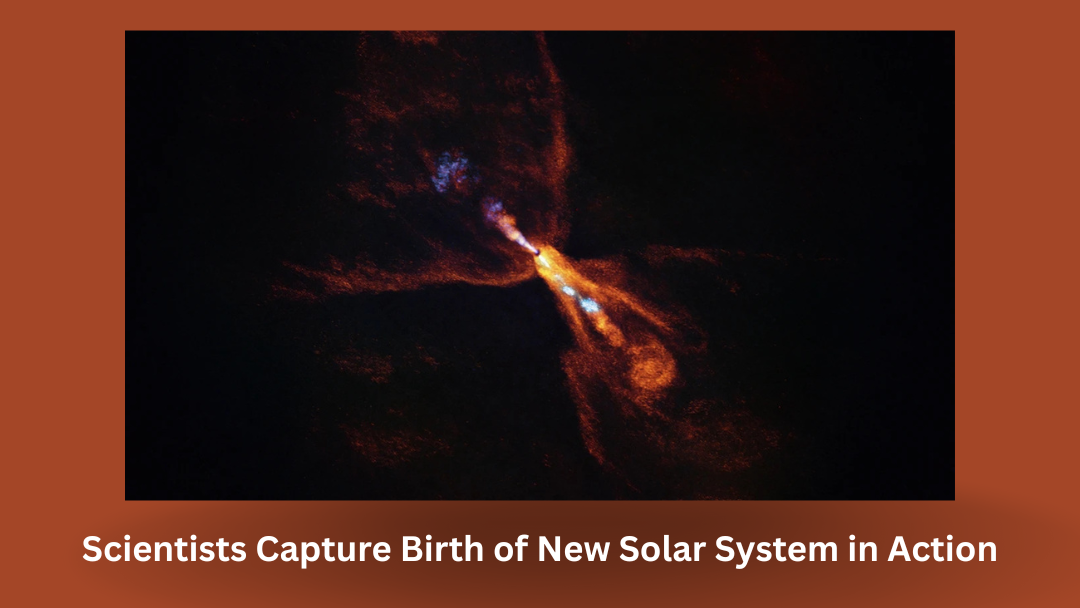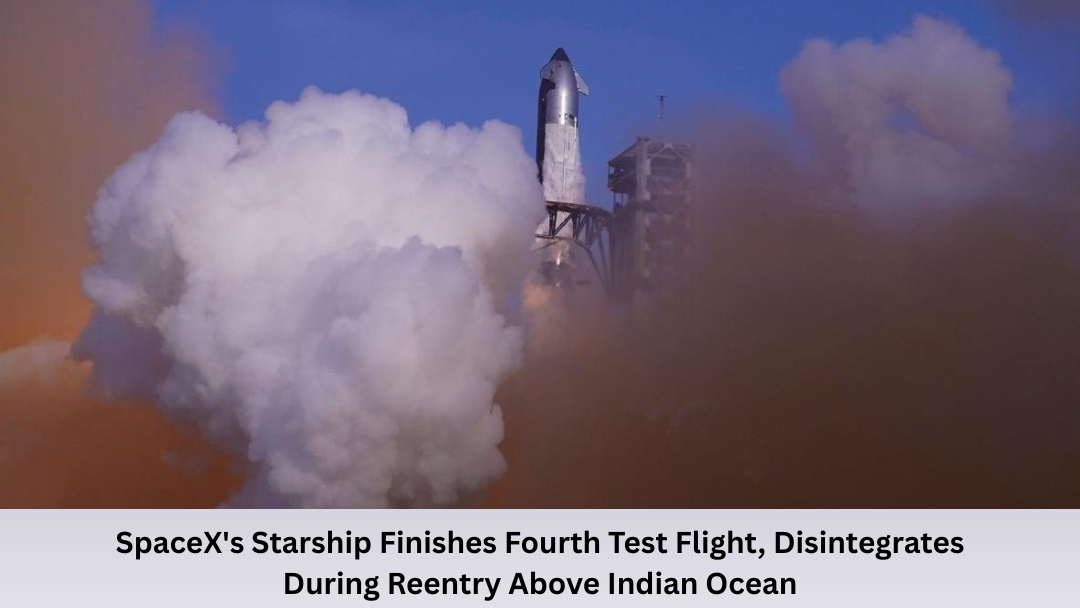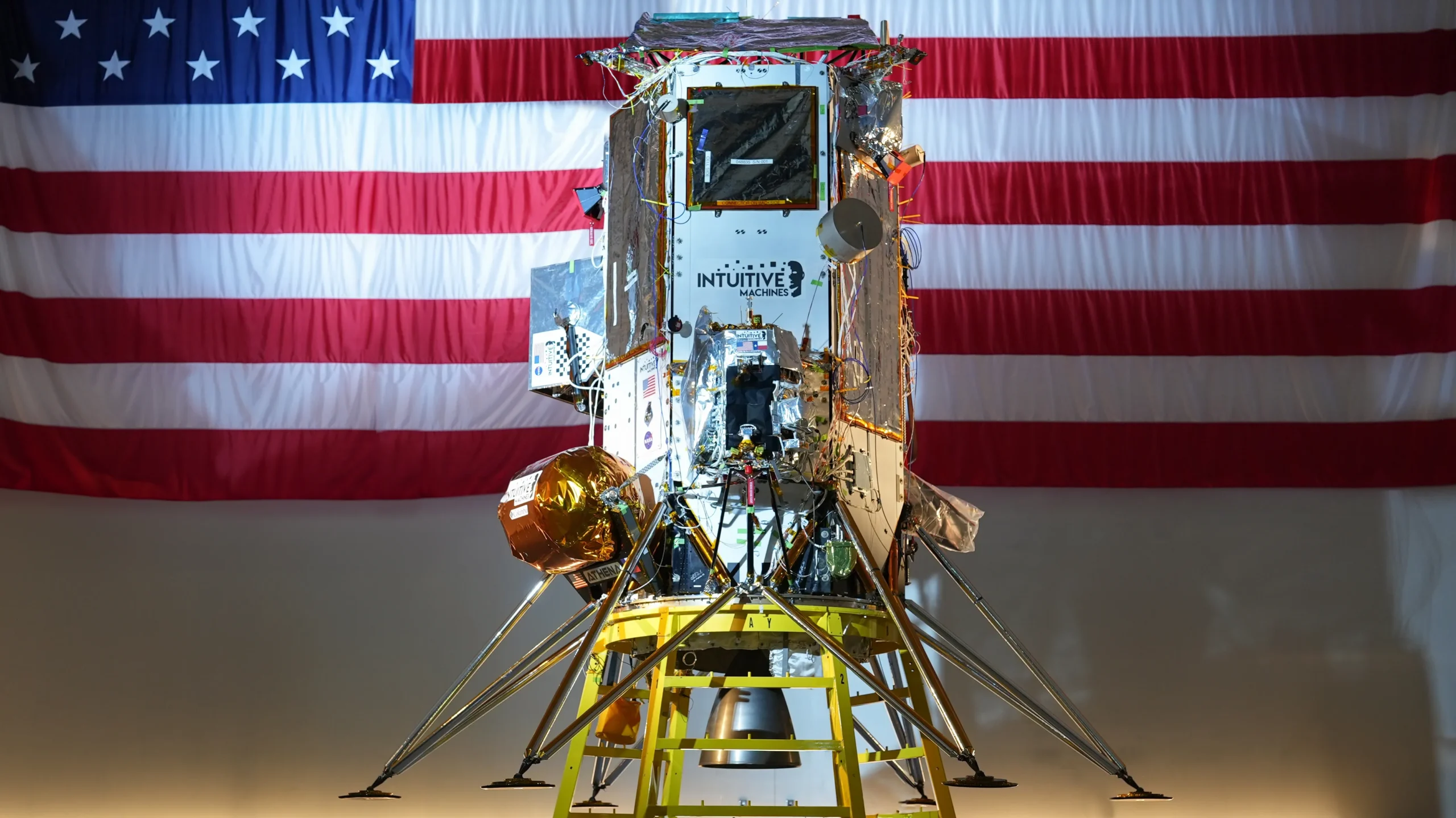NASA’s James Webb Space Telescope has pushed the frontiers yet again in every direction known to man, studying another type bizarre exoplanet that has long puzzled astronomers.
Sub-Neptune planets, surprising normal throughout the galaxy but as such their circumstances and atmospheres have remained a black hole for a extended season. The state of the art infrared capability of Webb is making us closer than ever before to solve this intriguing mystery of worlds.
What Are They? ; Why is This Important?
Sub-Neptunes are small exoplanets that straddle the cusp of Earth and Neptune, size-wise and, on average, being about 1.5 to 4 Earth radii. Between us and the first of them not in our system lies nearly half of all systems to have an exoplanet discovered so far (we only have one in our solar system). They are a curiosity and slightly bizarre subgroup of exoplanets. homogeneous: are they gas giants with rocky centre? Fate flipped sharply until very recently.
Webb’s Breakthrough Discovery
GJ 1214 b is one of the most well known sub-Neptunes, it lies at 40 light-years in the constellation Ophiuchus. By the beginning of early-2025, the Webb space telescope aimed its sights at this planet Thanks to advance spectroscopic capabilities of Webb, some of the major composition of H2O, methane and carbon dioxide have been detected in its atmosphere, an achievement that wasn’t ever made before.
They suggest that the atmosphere of GJ 1214 b might be water vapor and not just hydrogen/helium We mean, this is both illuminating of GJ 1214 b itself as well as establishing a template to search for other worlds in this exoplanets mystery class.
The Importance of this Discovery
Atmospheric composition of sub-Neptunes, like GJ 1214 b, is complex and gives clues into how these planets form and change with time. If they are similar in many ways, the formation of exoplanets could be a lot more different than we have imagined till now. It is the holy grail of exoplanet science to study these planets’ atmospheres closely, and we now know that a majority of the weird worlds are ocean worlds, or at least shrouded in thick clouds.
James Webb Space Telescope’s Purpose brook acre
Launched around late 2021, James Webb Space Telescope was developed to see the farthest universe things that had not ever been seen before. Using the infrared spectrograph, scientists can test how starlight penetrates the atmospheres of exoplanets and identify all sort of elements. Recent detection of water vapor and other constituents in the atmosphere of the interesting exo-planet GJ 1214 b reminds capable Webb to explore more distant worlds.
Next: Exoplanet Hunting
Now this is only the proverbial scratch. Over the next few years, alongside its global partners, NASA is intended to capitalize on the Webb Telescope observing many sub-Neptunes and super-Earths. We can improve our hunt for other habitable worlds by examining these enigmatic exoplanet atmospheres and learning how they compare to one another. In addition, Webb should soon allow scientists to detect biosignatures — real signs of life — beyond our own solar system. Finding GJ 1214b is a big step on this journey.
In conclusion
The James Webb Space Telescope has opened up a frontier of wonder in our exploration of exoplanets that are shrouded in mystery Thanks Webb, astronomers are getting the elements of atmospheres for GJ 1214 b thanks to which they can start unraveling the mystery of these widespread but enigmatic worlds. While astronomers use this information as they dig ever deeper, we can soon expect even more astounding findings about planets around other stars and maybe even evidence of life in our galactic backyard. NASA’s Webb and the Universe – Way less Mystifying









Leave a Reply